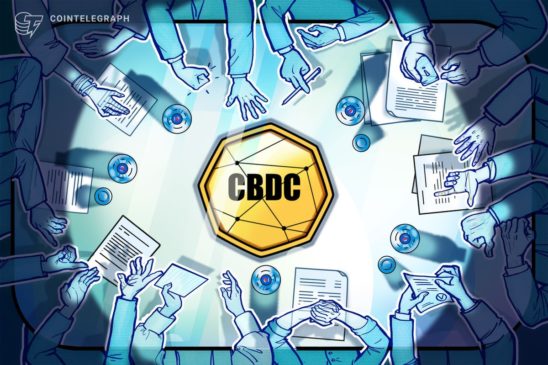The United States Treasury Department is continuing to consider design decisions relating to the introduction of a central bank digital currency. Under Secretary for Domestic Finance Nellie Liang gave an audience at the Atlantic Council a rundown on March 1 of technical and policy issues the Treasury-led CBDC Working Group is looking at.
Liang looked at both wholesale and retail CBDC (wCBDC and rCBDC), saying wCBDC raised more technical questions, whereas an rCBDC involved access issues. She mentioned in particular that “institutions not currently eligible for central bank accounts” could be granted access to a wCBDC.
A wCBDC could be used for tokenized interbank settlements or securities transactions as well, Liang said. It could also support stablecoins:
“A wholesale CBDC might also be used as a backing asset for stablecoins, which could make it easier to transfer value among stablecoins, in addition to supporting greater interoperability and choice.”
Liang reiterated the Federal Reserve Board’s position that an intermediated rCBDC would serve the country’s interests best and said determining the range of intermediaries for an rCBDC is a major policy question. An rCBDC could enhance financial inclusion, she said. The United States currently has the largest unbanked population in the G7, she added.
#CBDCwatchhttps://t.co/rJk6YHrZc3
— Caitlin Long ⚡️ (@CaitlinLong_) March 2, 2023
Liang doubted that a U.S. CBDC would help underpin the role of the dollar internationally:
“In my view, global demand for the dollar stems from structural factors – such as our respect for the rule of law, the strength of our economy, and the depth, breadth, and openness of U.S. financial markets.”
In that, she echoed sentiments expressed by Fed governor Christopher Waller last year.
Related: US lagging on CBDCs could spell ‘trouble’ — Crypto Council policy head
Liang repeated the already standard disclaimer that the Treasury would not issue a CBDC without Congressional support. A CBDC is only one of several options available for “upgrading the legacy capabilities of central bank money,” Liang said. She pointed to the FedNow Service instant payment system is expected to go into service this year.



